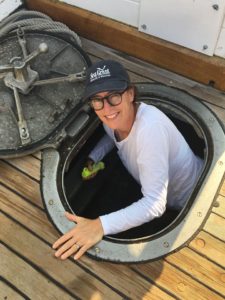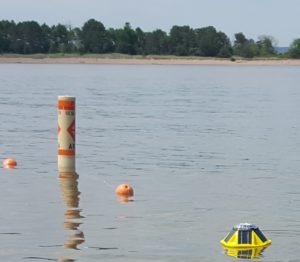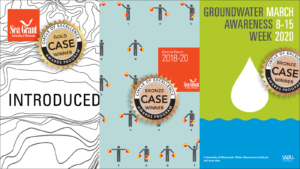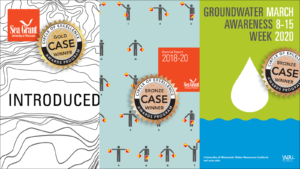New York, Canada join forces for annual Aquatic Invasive Species Landing Blitz
A regional effort to prevent the spread of invasive species will cross over to other states and Canada. The New York State Department of Environmental Conservation, seven Great Lakes states and two Canadian provinces are partnering for the third annual Aquatic Invasive Species Landing Blitz. Read the full story by WWTI-TV – Watertown, NY.
Great Lakes Commission
https://www.glc.org/dailynews/20210625-blitz















